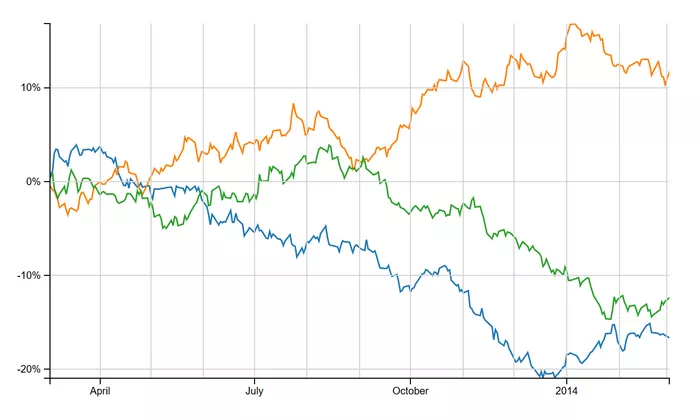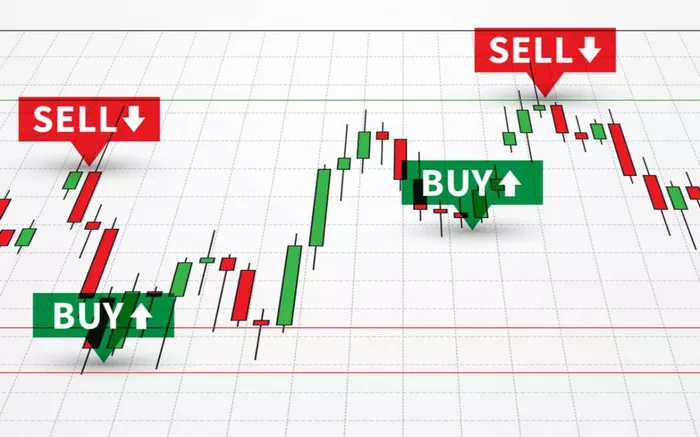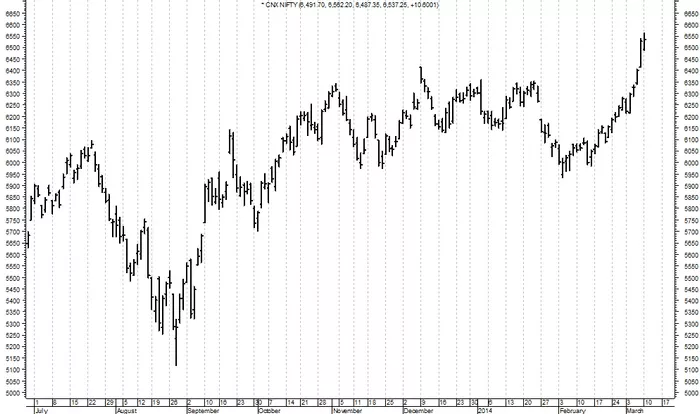Options trading is a complex but rewarding method of investing. It allows traders to hedge, speculate, or increase leverage without owning the underlying asset. However, selecting the right stocks for options trading can be a daunting task. The success of options trading depends largely on the ability to choose the best stocks that fit your trading strategy. In this article, we’ll walk through the key factors to consider when screening stocks for options trading, ensuring that the process remains accessible, practical, and effective.
What Is Options Trading?
Before diving into stock screening, it’s important to understand the basics of options trading. Options are financial instruments that derive their value from an underlying asset, such as stocks. Traders can purchase options to buy or sell the asset at a predetermined price before a specified expiration date.
There are two main types of options:
Call options: These give the holder the right to buy the underlying asset at a specific price.
Put options: These give the holder the right to sell the underlying asset at a specific price.
Options are often used for hedging risks or as a means of leveraging a small amount of capital to control a larger position in a stock.
Why Screening Stocks for Options Trading Is Important
Screening stocks for options trading is crucial for several reasons:
Liquidity: You need stocks with high options liquidity to enter and exit positions easily without slippage.
Volatility: Stocks with high volatility often lead to more significant price swings, which can translate into higher potential profits for options traders.
Premiums: When you buy options, you pay premiums. Choosing stocks with optimal premiums ensures you’re not overpaying for options that don’t have enough potential upside.
Implied Volatility: High implied volatility indicates that the market expects significant movement in the stock’s price. This is crucial for options traders who rely on price swings.
Key Criteria to Screen Stocks for Options Trading
When screening stocks for options trading, you should focus on a few key factors to maximize profitability. Let’s break them down.
1. Liquidity and Volume
Why Liquidity Matters
Liquidity is one of the most important factors when selecting stocks for options trading. A liquid stock will have a large number of contracts being traded, ensuring that you can enter and exit positions easily without significant price distortion. If the liquidity is low, the bid-ask spread widens, which can significantly eat into profits.
How to Check Liquidity
Open Interest: Open interest refers to the number of outstanding options contracts on a stock. A high open interest indicates more market participants and generally a more liquid market.
Average Daily Volume: High volume in the underlying stock is essential as it typically correlates with higher options volume.
Bid-Ask Spread: A narrow bid-ask spread is an indicator of liquidity. If the spread is too wide, it’s better to avoid that stock for options trading.
2. Stock Volatility
Understanding Volatility
Volatility is another crucial factor in selecting stocks for options trading. The more volatile a stock is, the larger the price swings it experiences. For options traders, this translates to the potential for higher returns. However, volatility also comes with increased risk.
How to Measure Volatility
Historical Volatility: This measures the past price fluctuations of a stock. A stock with high historical volatility may experience large price movements in the future, making it a suitable candidate for options.
Implied Volatility (IV): Implied volatility is the market’s expectation of future volatility, reflected in the price of options. High IV typically leads to more expensive options. You want stocks with high implied volatility but also consider whether those premiums are justified.
Volatility Index (VIX): The VIX tracks the implied volatility of S&P 500 index options. A higher VIX generally correlates with increased volatility in individual stocks.
3. Stock Trend and Technical Analysis
Importance of Stock Trends
When choosing stocks for options trading, understanding the current trend is vital. Stocks that are trending in one direction are often more predictable and provide better opportunities for options trades.
Technical Indicators to Look For
Moving Averages (MA): A stock’s moving averages can provide insight into the direction of the trend. A bullish trend is often signaled when a short-term moving average crosses above a long-term moving average (Golden Cross), while a bearish trend is signaled when the short-term MA crosses below the long-term MA (Death Cross).
Relative Strength Index (RSI): RSI helps to identify whether a stock is overbought or oversold. If a stock is overbought (RSI > 70), it may be a good candidate for a put option, while an oversold stock (RSI < 30) could be a good candidate for a call option.
Bollinger Bands: These can help identify whether a stock is experiencing high volatility. A stock trading near the upper Bollinger Band might signal overbought conditions, and trading near the lower band could indicate oversold conditions.
4. Stock Liquidity and Option Premiums
Why Premiums Matter
The price you pay for an option, known as the premium, is crucial in determining your potential profitability. While higher premiums are typically seen in stocks with high implied volatility, these options also have the potential for large moves. However, if the stock doesn’t move as expected, high premiums can lead to significant losses.
How to Evaluate Option Premiums
Option Pricing Models: The Black-Scholes model is a popular model used to determine fair option pricing based on factors like volatility, time to expiration, and the strike price.
Time Decay (Theta): Options lose value as they approach expiration. Understanding the impact of time decay is crucial when selecting options with appropriate expiration dates and premiums.
Delta: Delta measures how much the option price changes for every $1 move in the underlying stock. Stocks with higher deltas generally offer more lucrative opportunities for short-term options traders.
5. Market Sentiment and News Flow
The Role of Market Sentiment
Market sentiment plays a significant role in determining whether a stock will make large, predictable moves. Positive sentiment often drives stock prices up, while negative sentiment can push them lower. Understanding market sentiment can help you decide whether to buy calls or puts.
How to Gauge Sentiment
Earnings Reports: A company’s earnings report can significantly impact its stock price. Look for stocks with upcoming earnings reports that might produce large movements.
Sector Performance: If a particular sector is gaining traction, stocks within that sector may follow the trend, providing options traders with potential opportunities.
News and Events: News stories, geopolitical events, and regulatory announcements can move markets. Stay informed on current events that might affect the underlying stocks you are watching.
Tools for Screening Stocks for Options Trading
To streamline the screening process, there are a variety of tools and platforms available. These tools often allow you to filter stocks based on specific criteria like liquidity, volatility, and options premiums.
Some popular screening platforms include:
Finviz: A comprehensive stock screening tool that allows users to filter by technical indicators, volatility, and volume.
TradeStation: A trading platform that offers advanced screening and analysis tools tailored for options traders.
Optionsonar: A platform focused on real-time options flow and volume, helping traders spot trends and identify high-volume opportunities.
How to Create an Options Trading Strategy
Once you’ve selected stocks that meet your screening criteria, the next step is to formulate a strategy based on your risk tolerance and market outlook.
1. Long Call/Put Strategy
A simple strategy where you buy calls if you expect the stock to go up or puts if you expect it to go down. This strategy works best with volatile stocks that have a high potential for price swings.
2. Covered Calls
This strategy involves holding the underlying stock and selling call options against it. It’s useful for generating income in a stable or slightly bullish market.
3. Iron Condors
An advanced strategy that profits from stocks trading in a range. This strategy involves both a call and put spread, and it is best used when you believe the stock will stay within a certain price range.
4. Straddle or Strangle
These strategies are used when you expect a stock to make a significant move but are uncertain about the direction. A straddle involves buying both a call and put at the same strike price, while a strangle involves buying calls and puts at different strike prices.
Conclusion
Screening stocks for options trading is a vital skill that can significantly impact your profitability. By considering liquidity, volatility, stock trends, premiums, and market sentiment, you can make informed decisions that increase your chances of success. Whether you’re a beginner or an experienced trader, following a systematic approach will help you identify the best stocks for your options trades, leading to more profitable outcomes.
Related topics:

























